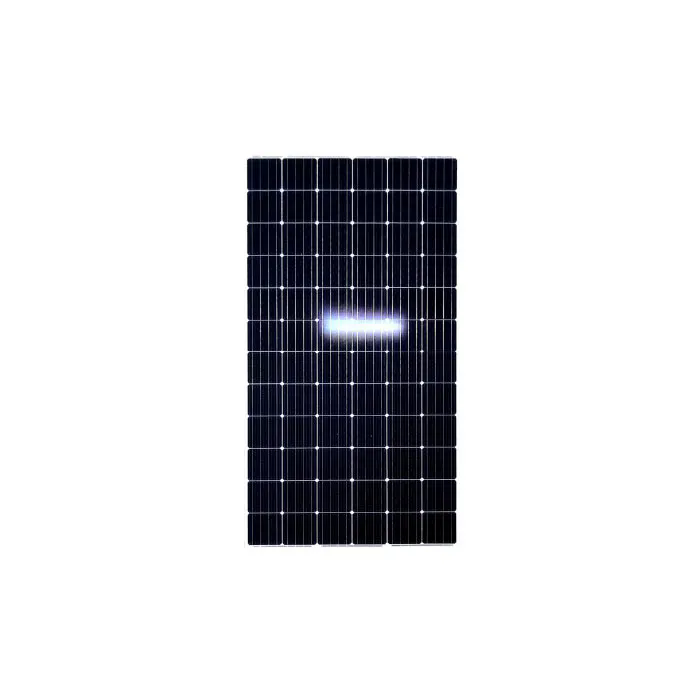Applications of Mono Poly solar Module
2024-08-14
A Mono Poly Solar Module refers to a type of solar photovoltaic (PV) panel that combines features of both monocrystalline and polycrystalline silicon technologies. However, in practice, the term "Mono Poly" is not commonly used as a standard classification in the industry. Instead, solar modules are generally categorized as either monocrystalline or polycrystalline.
Monocrystalline Solar Modules:
1. Description:
- Made from a single, continuous crystal structure of silicon. The cells are produced from a cylindrical silicon ingot that is sliced into thin wafers.
2. Characteristics:
- Efficiency: Higher efficiency compared to polycrystalline modules due to the high purity of silicon used. Typically, they have efficiencies ranging from 15% to 22%.
- Appearance: Uniform black color with rounded edges. Monocrystalline panels tend to have a sleek and uniform look.
- Performance: Performs better in low-light conditions and has a higher power output per square meter compared to polycrystalline panels.
3. Advantages:
- Space Efficiency: More efficient and thus require less space to produce the same amount of power as polycrystalline panels.
- Durability: Generally have a longer lifespan and better performance in hot weather due to lower temperature coefficients.
4. Disadvantages:
- Cost: Typically more expensive due to the more complex manufacturing process and higher purity of silicon.
Polycrystalline Solar Modules:
1. Description:
- Made from silicon crystals that are melted together. The cells are produced by slicing a block of silicon that has been cooled and solidified into multiple pieces.
2. Characteristics:
- Efficiency: Slightly lower efficiency compared to monocrystalline modules, typically ranging from 13% to 16%.
- Appearance: Blue color with a speckled appearance. The cells have a less uniform look compared to monocrystalline panels.
- Performance: Generally less efficient in low-light conditions and tends to have a slightly lower power output per square meter.
3. Advantages:
- Cost: Generally less expensive to produce and purchase, making them a more budget-friendly option.
- Manufacturing: Simpler and less costly manufacturing process.
4. Disadvantages:
- Space Efficiency: Requires more space to produce the same amount of power as monocrystalline panels.
- Performance: May have a slightly lower performance in high temperatures and low-light conditions.
Comparison and Considerations:
1. Efficiency: Monocrystalline panels are more efficient and provide more power per square meter compared to polycrystalline panels, making them suitable for installations with limited space.
2. Cost: Polycrystalline panels are generally less expensive, making them a good choice for larger installations where space is not as constrained.
3. Appearance: Monocrystalline panels have a more uniform and sleek appearance, which can be aesthetically preferred for residential installations.
4. Performance: Both types perform well, but monocrystalline panels tend to perform better in low-light conditions and high temperatures.
Applications:
1. Residential Solar Systems:
- Both types are used in residential installations. Monocrystalline panels are preferred for rooftops with limited space, while polycrystalline panels are used when cost is a significant factor.
2. Commercial Solar Systems:
- In commercial settings, the choice between monocrystalline and polycrystalline panels depends on factors such as available space, budget, and efficiency requirements.
3. Utility-Scale Solar Farms:
- Polycrystalline panels are often used in large-scale solar farms where space is abundant, and cost considerations play a major role.
Example:
- In a Residential Installation: A homeowner with limited roof space might choose monocrystalline solar panels for their higher efficiency and sleek appearance. Conversely, a large commercial building with ample roof area might opt for polycrystalline panels to maximize cost savings.
Overall, the choice between monocrystalline and polycrystalline solar modules depends on factors such as budget, space availability, and specific performance needs.



